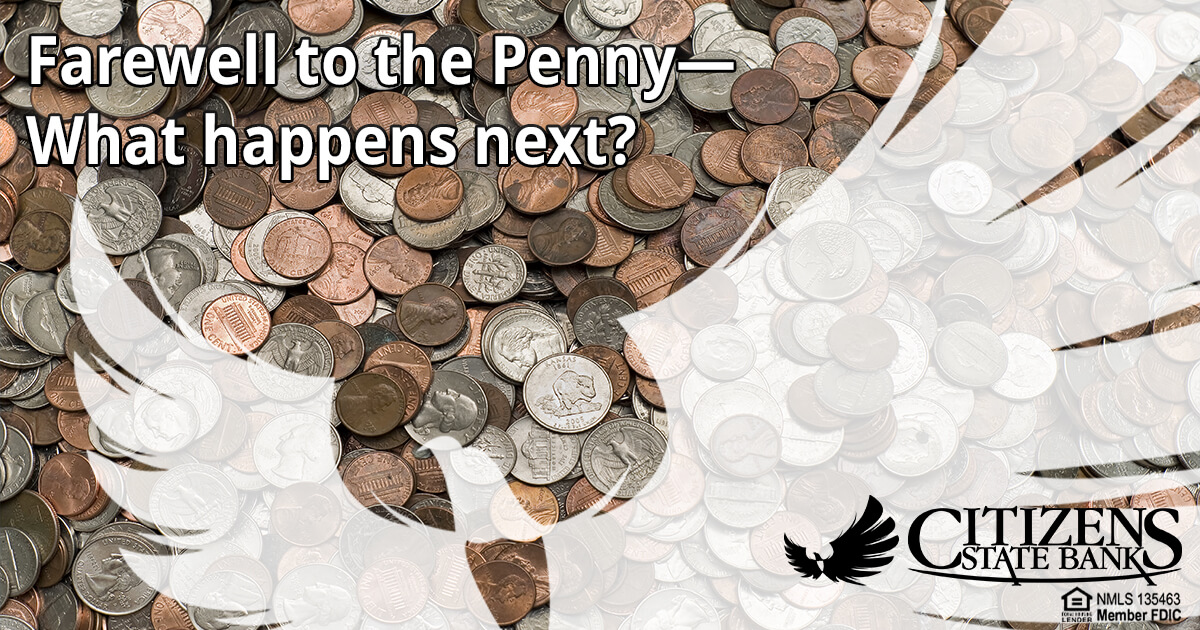June 24, 2025 •Leah Driver

Imagine being the Chief Financial Officer of the United States and realizing you’re burning millions spending 3.7 cents to produce something worth just one. That’s the penny. And as of May 2025, the U.S. Treasury has placed its final order for penny blanks. Once those are used up, likely in early 2026, the Mint will halt production.
The U.S. is following the lead of countries like Canada, Australia, and New Zealand—all of which eliminated their lowest denomination coins years ago without catastrophe. Their consumers adapted, and so will we.
The numbers make it clear: in 2024 alone, the U.S. lost $85 million producing pennies. That’s not just inefficient—it’s indefensible in a digital-first economy where most Americans pay with cards or apps. In the private sector, the penny would’ve been axed in the ‘90s.
Still, some people wonder: should I be saving pennies instead of spending them?
According to Logan Clevenger, Numismatist with Gold and Coin of Fishers, there’s likely no gold mine in your coin jar—unless you’re holding rare wheat cents, pre-1982 copper pennies, or mint errors. “They might stop making the penny,” Logan notes, “but the ones made in recent years were struck in the millions. They are EXTREMELY common... I don’t see them having collector’s value in our lifetime.” His advice? Keep a few if you enjoy the history, but don’t expect a return on investment anytime soon.
Pennies will remain legal tender, so you'll still be able to spend or deposit them. Banks and kiosks will still accept rolled coins. But if you want to simplify your life—and your pockets—consider offloading them.
Worried about prices going up? Don’t be. Cash transactions will round to the nearest nickel, but digital purchases, which make up about 80% of all payments, will still be exact. Some prices will round up, others down. The overall inflationary impact will practically be zero.
The biggest adjustment will be symbolic. Banks may briefly see more coin deposits, and retailers will likely give cashiers quick lessons on rounding. (Prices ending in 1, 2, 6, or 7 cents will round down to the nearest nickel while those ending in 3, 4, 8, or 9 cents will round up.) For consumers who already live in a 'tap-and-go' world, it’ll barely register.
Ending penny production isn’t just about coins—it’s about priorities. Every dollar spent on manufacturing currency is a dollar we’re not using to improve infrastructure, upgrade security, or invest in financial literacy.
In the long arc of capitalism, this is a feedback loop doing its job. (The first formal legislative proposal to eliminate the U.S. penny was introduced in 1989.) The market signaled years ago that the penny doesn’t matter.
So yes, clean out your change jar. Keep a penny or two for nostalgia, (they're not likely to be an investment for your grandchildren), but the rest? It’s time to move on, because the economy already has.
The views, information, or opinions expressed in this article are solely those of the author and do not necessarily represent the views of Citizens State Bank and its affiliates, and Citizens State Bank is not responsible for and does not verify the accuracy of any information contained in this article or items hyperlinked within. This is for informational purposes and is no way intended to provide legal advice.